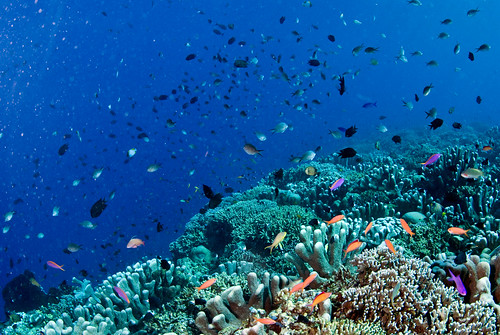 Police say at least four foreigners have been killed in explosions at two hotels in the Indonesian capital Jakarta this morning.
Police say at least four foreigners have been killed in explosions at two hotels in the Indonesian capital Jakarta this morning.
Bombs exploded at the Ritz-Carlton and Marriott hotels, ripping the facade off the Ritz, police said.
A witness reported seeing bodies inside the Marriot.
Debris and shattered glass littered the street outside the neighbouring hotels in an upscale Jakarta neighborhood and ambulances raced to the scene.
A man jogging by the hotels said he first heard a loud explosion at the Marriott. Five minutes later, a bomb followed at the Ritz.
Alex Asmasubrata said he saw four bodies inside the Marriott. An Associated Press reporter saw three injured taken away from the Ritz.
Police, however, would only confirm four people were injured.
The blast comes after a warning from security experts earlier this week that Indonesian terror group Jemaah Islamiah, which has been dormant following a krackdown resulting in the arrest and execution of some members, could be set to strike again.
Terrorists could use the anniversary of the execution of three Bali bombing perpetrators on November 9 as a "sacred date'' to attract new support and fresh recruits, a study by the Australian Strategic Policy Institute said.The Marriott hotel was attacked in 2003, when 12 died. Southeast Asian terror network Jemaah Islamiah was blamed in that blast.
An Associated Press reporter saw three injured taken away from the Ritz-Carlton.
A caller to Radio 3AW, Jim, said his son had been injured in the blast at the Marriott.
He said his son was on his way to hospital and had phoned him from an ambulance.
"He was in the building and all of a sudden there was an enormous explosion,'' the caller said.
"He was bleeding from the left leg though from what I can gather the injury's not serious and (he) lost his hearing in one ear but he thinks he will recover from that.''
Jim said his son was unaware of how many people had been injured in the explosion.
Reporter Justin Hale said local media in Indonesia was reporting a large explosion inside the Ritz-Carlton hotel.
He said it was not yet clear if the reported bombings were a terrorist attack.
"If we're hearing a report of an explosion at the Ritz-Carlton and if we've now got a report of an explosion at the Marriott Hotel it's sounding more and more like an Al-Qaeda-style bombing, which we've had before,'' he said.
"That's their calling card is those synchronised attacks, simultaneous explosions.''
An Australian man was reported injured in the leg and a New Zealander and the chairman of Holcim has also been reported injured in the blasts.
source:theage.com.au

















